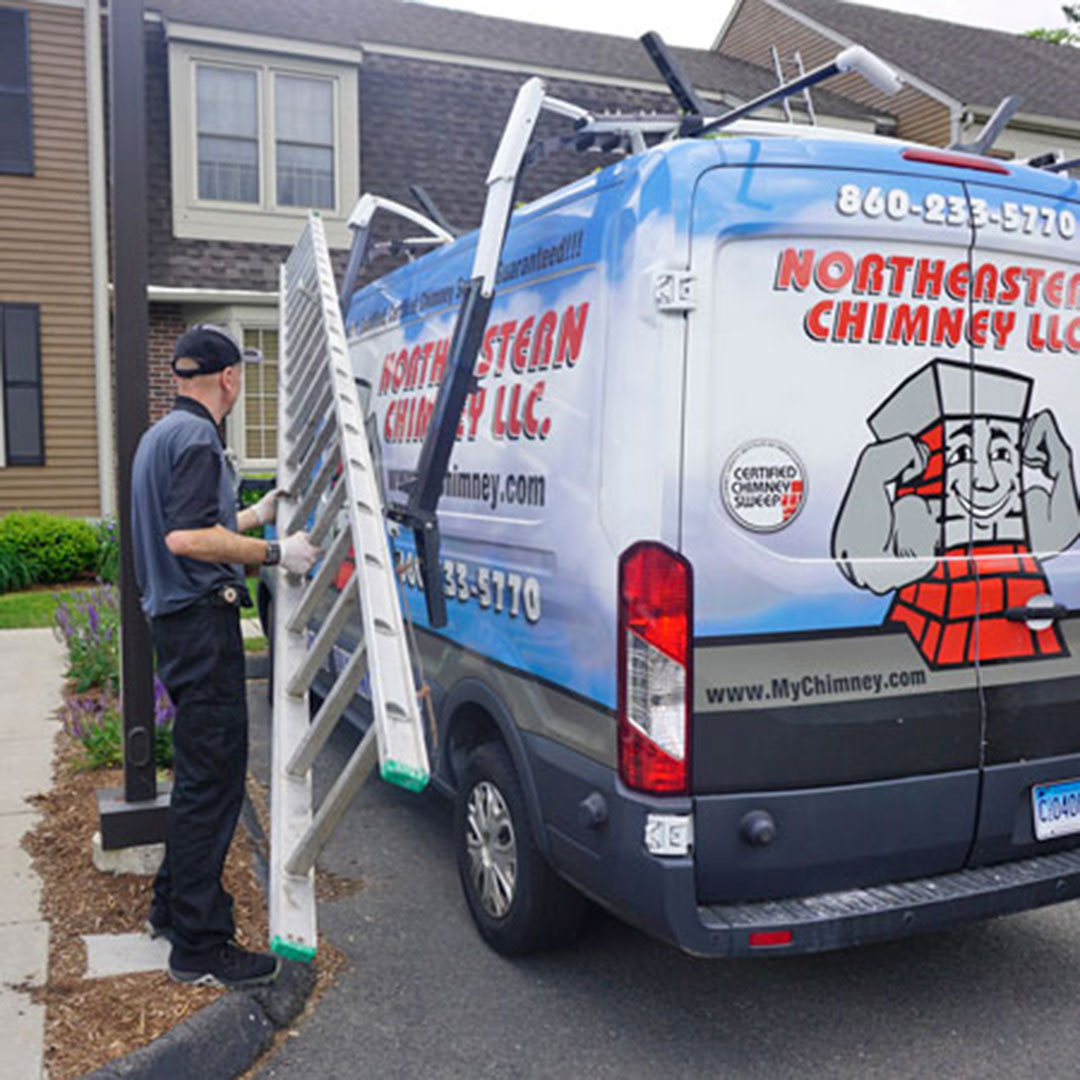How to Ensure Your Chimney is Safe
As much as a chimney keeps you warm, you should know that owning one is a responsibility. And it’s your responsibility to ensure that it’s safe for you and your family. Thankfully, there are several things you can do to ensure this is the case:
Have the unit inspected regularly.
If you are looking for a new house, have the chimney inspected by a certified home inspector before you move in.
The contractor will look for defects such as holes in the flue, a hearth that is too small to protect the floor from hot ashes and sparks, or a chimney that is too short, which is a fire hazard.
If you already have a house, have a yearly chimney sweep to inspect your system from the firebox to the chimney cap.
The sweep you hire will look for creosote (a potentially harmful tar-like substance produced by wood fires), corroded flues, and other typical problems, such as feathery or hairy intruders.
After analysis, the contractor should tell whether the chimney is safe. You should note that you put yourself and your family at significant risk if you use a poorly maintained chimney, so always ensure that yours is safe at all times.
Clean the chimney
For peace of mind, you should have your chimney cleaned. A good rule of thumb is to ensure that the cleaning is done by a contractor certified by the Chimney Safety Institute of America.
The sweeper should have large brushes designed to remove soot and creosote.
Since you will hire the contractor at least once a year, ensure they have a great personality. The last thing you want is to hire someone you don’t enjoy spending time with.
Besides cleaning, ensure the contractor repairs or replaces the “cap” atop your chimney. Caps are barriers that keep animals, leaves, and branches out while allowing smoke and air to pass through.
When the contractor cleans the unit but leaves the cap uncovered or damaged, there is the risk of the animals and leaves getting in, which isn’t safe.
Keep the flue open.
After a chimney sweep or home inspector has determined that your fireplace is safe, request that you be shown how to access the flue. If it’s closed, it’ll be blocked by a little door called the damper, hidden inside the flue and out of sight.
The damper’s purpose is to keep or allow airflow. It works by pulling a chain or pushing a lever, normally positioned at the top of the fireplace surround.
When you start a fire, it must be open so that oxygen can feed the flames, and smoke may leave the chimney.
To be safe, ensure you don’t start a fire with the flue still closed.
Gather the necessary tools.
You need several tools to start a fire and keep your chimney safe. These tools include:
Metal grate
This is a little metal support for your wood. It allows air to come up under the logs and makes starting them easier.
When buying the grate for the first time, you must be cautious and ensure you buy the right one. One of the things to consider is the size of the grate.
Use a tape measure to measure the width of the firebox at the front and back, as some fireboxes are tapered and have varied widths at the front and back.
Always choose the fireplace grate with the smallest width measurement.
You also should measure the depth of the firebox. The grate’s width and depth should be 6 inches smaller than the firebox’s interior’s opening width and total depth.
A 42-by-16-inch firebox, for example, necessitates a 36-by-10-inch grate.
Buying the proper grate isn’t enough. You need to position it to give you the best results.
You should place the grate in the center of the fireplace, the long side facing the aperture.
If you have a tapered grate, you should note that tapered grates have one long side that is longer than the other.
Place the grate so that the longest side faces out and the shorter side faces in. On both sides, you should have around 3 inches surrounding the grate.
If you set the grate too far forward, it may protrude into the room, and smoke may enter your room rather than go up the chimney.
When loading the grate, place two small seasoned logs parallel to each other on the grate, one in front and one in back.
Fill the space between the two logs with tinder, such as crumpled newspaperfuelied bark. Over the tinder and logs, scatter a fair amount of 1-inch or less diameter kindling. Twigs or leftover wood splits from firewood cutting are also good.
Metal screen
You don’t want anything popping out and hurting you or your family members? This unit keeps sparks from shooting out of the fireplace.
Like the grate, you need a high-quality unit of the correct size. The last thing you want is a unit that is too big for your chimney or too small that it doesn’t give you the protection you are after. If you need more clarification about a suitable unit, get the input of experienced chimney contractors Ellicott City.
Metal garbage can
Most people don’t think about it before their first fire, but it’s vital to have it. You use this container to transport ashes away from your residence.
You might have read news stories about people putting ashes in paper bags, setting them outside on a porch, and having their houses catch fire, right?
You don’t want this to happen to you, do you?
You should get a container where you place the ashes and let them cool before disposing.
When getting the container, ensure it’s relative to the amount of ash you produce in your fireplace. If you produce a lot of ash, get a large unit, and vice versa.
The post How to Ensure Your Chimney is Safe first appeared on First Class Chimney Services.
This post first appeared on https://www.firstclasschimneyservices.com
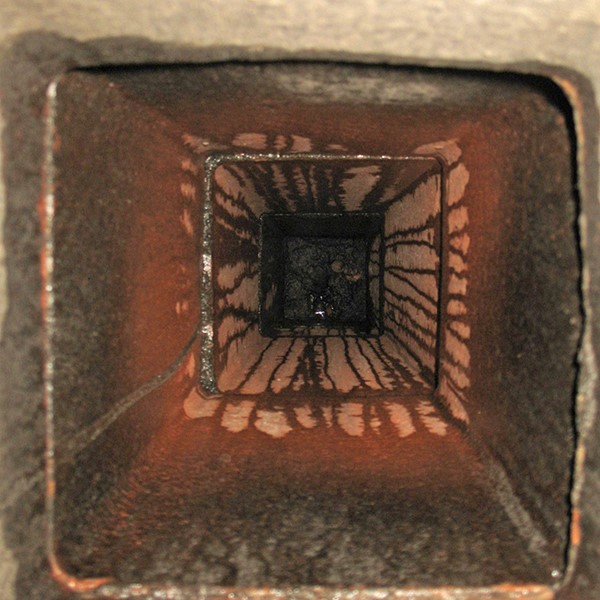 Water and Chimney Damage
Water and Chimney Damage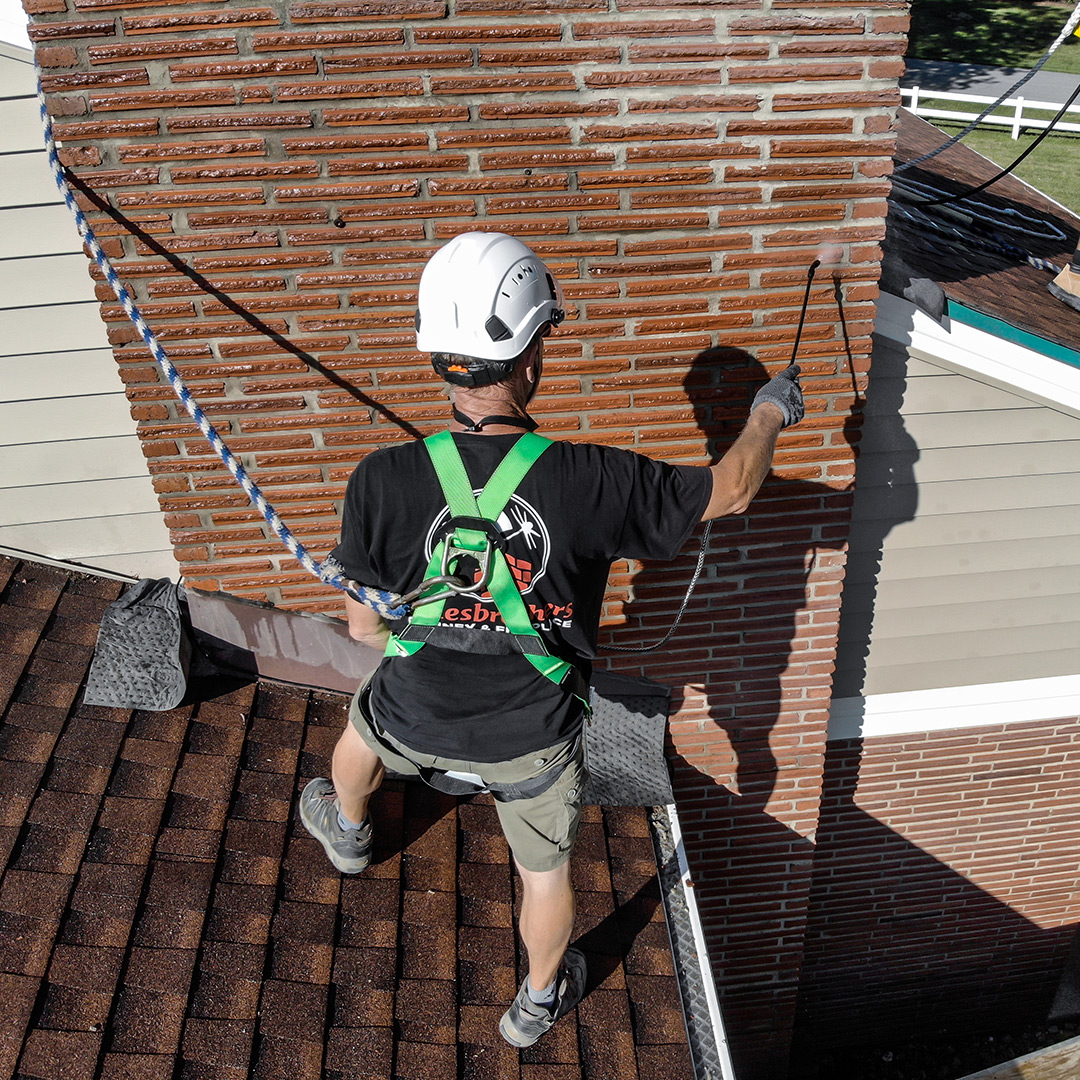 Long-Term Cost Savings
Long-Term Cost Savings

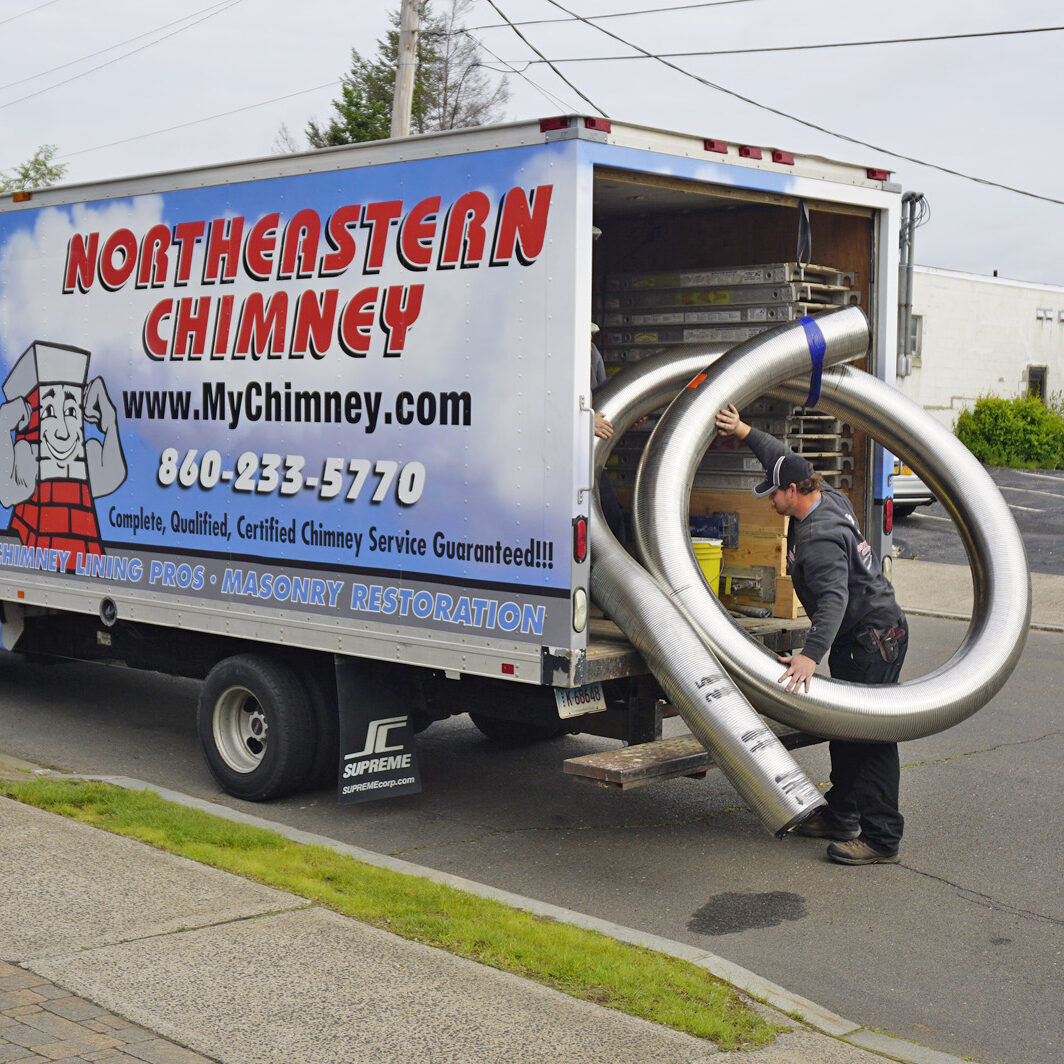 Problems of a Non-Insulated Chimney
Problems of a Non-Insulated Chimney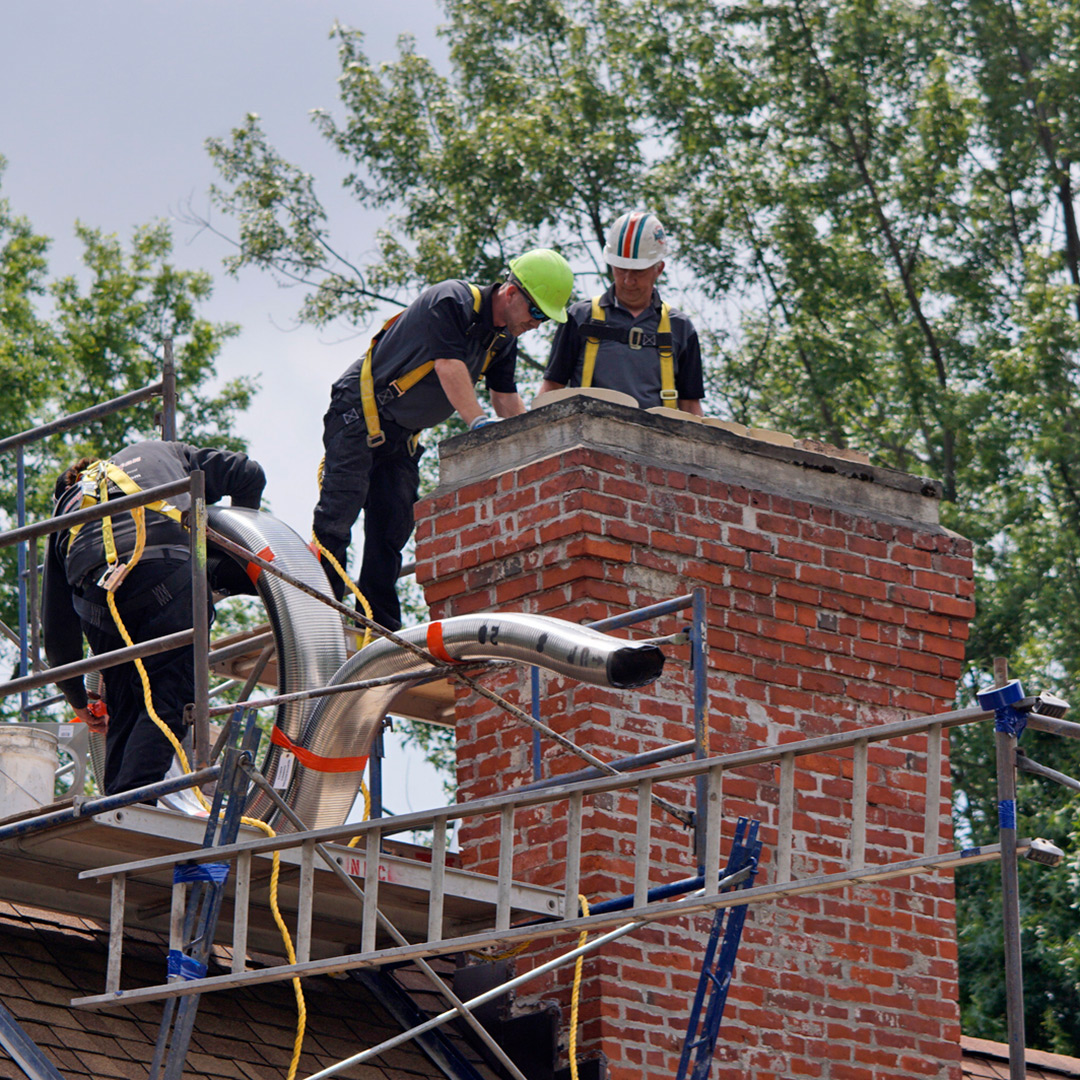

 What is chimney waterproofing?
What is chimney waterproofing? “A stitch in time saves nine”
“A stitch in time saves nine”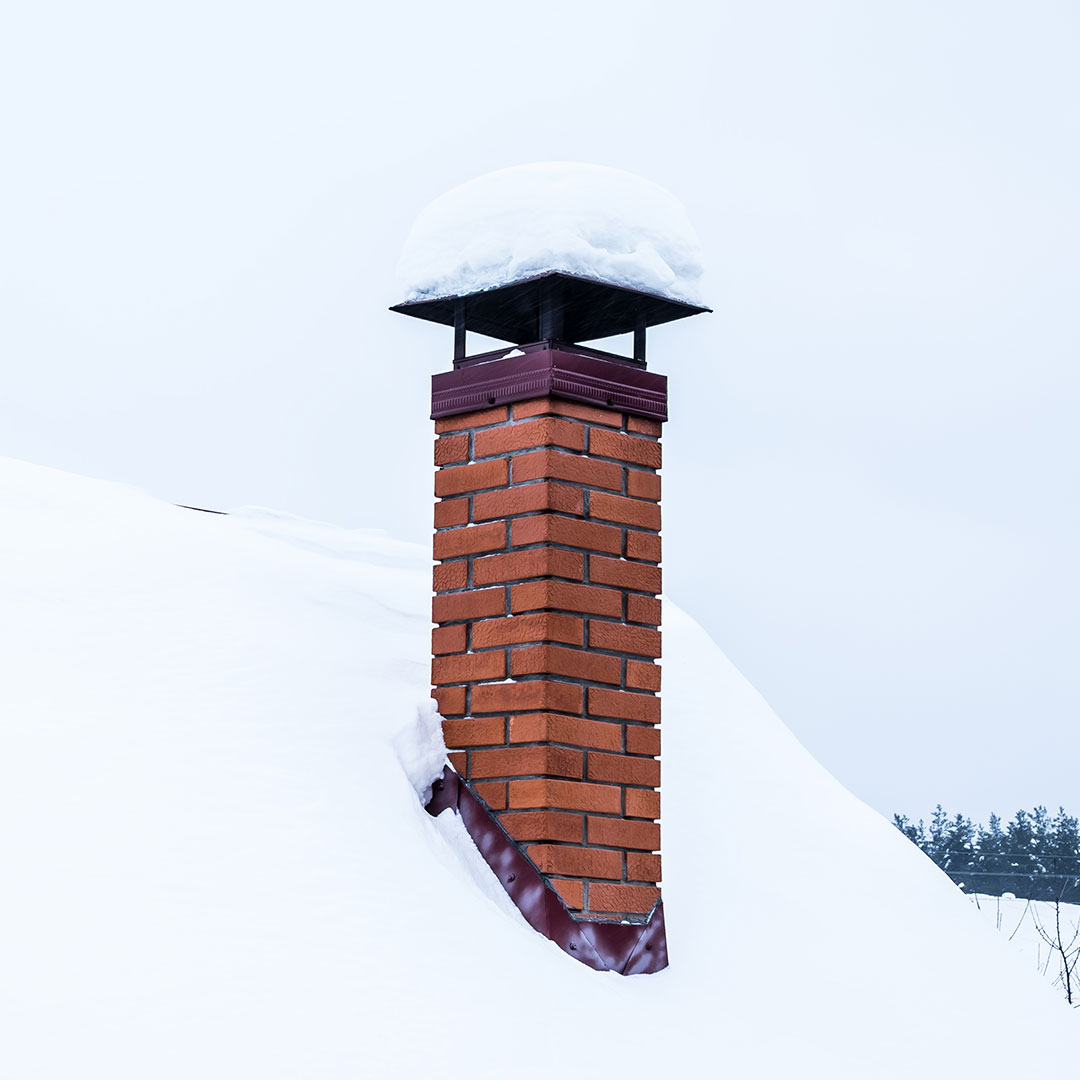 Freeze-Thaw Cycle
Freeze-Thaw Cycle